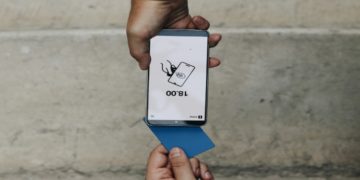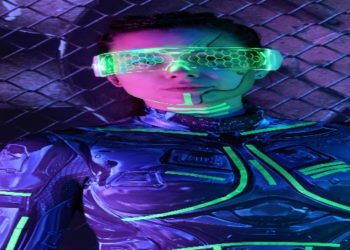In today’s fast-paced digital landscape, user interface (UI) animations have become more than just decorative features. They play a crucial role in enhancing user experience by adding a layer of interaction that goes beyond static design. As we explore the enchanting world of UI animations, we discover how they are meticulously crafted to engage, inform, and delight users.
The Role of UI Animations in Modern Design
UI animations serve as a bridge between users and digital products, offering visual feedback and guiding users through actions and processes. They are strategically implemented to improve usability and enrich the overall experience. Whether it’s a subtle hover effect or a complex loading animation, these elements can convey messages quickly and efficiently, reducing the cognitive load on users. By providing intuitive navigation cues, animations help users understand the functionality of an app or website, ultimately leading to higher satisfaction and engagement.
Crafting Seamless Transitions
One of the most fascinating aspects of UI animations is their ability to create seamless transitions. These animations smooth the shift between different states of an application, preventing abrupt changes that could confuse or frustrate users. For example, when a user switches from one tab to another, a well-designed animation can make the process appear natural and fluid. This attention to detail not only enhances user experience but also reinforces brand identity by maintaining a consistent visual language throughout the interface.
Read also: Behind the Screen: The Secret World of UI Animations
The Psychology Behind Motion
Understanding the psychological impact of motion is key to creating effective UI animations. Motion naturally attracts human attention, and when used appropriately, it can highlight important elements and guide users towards desired actions. Animations can evoke emotions, create a sense of urgency, or provide reassurance, depending on the context. For instance, a gentle bounce effect can imply playfulness, while a smooth fade-in can suggest sophistication. By leveraging these psychological cues, designers can foster a more engaging and emotionally resonant user experience.
Balancing Functionality and Aesthetics
While animations can significantly enhance functionality, they must be carefully balanced with aesthetics. Overuse of animations can lead to a cluttered and distracting interface, detracting from the primary purpose of the design. It’s essential to ensure that animations serve a functional purpose and align with the overall design goals. Designers must consider factors such as animation timing, easing, and duration to achieve the perfect harmony between form and function. This careful calibration is what transforms a good interface into a truly memorable one.
The Future of UI Animations
As technology continues to evolve, so does the potential of UI animations. With advancements in artificial intelligence and machine learning, animations are becoming more personalized and adaptive. Imagine interfaces that adjust their animations based on user preferences and behavior, creating a uniquely tailored experience for each individual. Companies like VBET are already exploring such innovations, aiming to redefine user interaction in the digital age. As UI animations become more intelligent and responsive, they will undoubtedly play an even greater role in shaping the future of user experience design.
In conclusion, UI animations are much more than visual embellishments. They are powerful tools that enhance usability, convey information, and evoke emotions. By understanding their role in modern design and harnessing their psychological impact, designers can create interfaces that are not only functional and beautiful but also engaging and memorable. As we move forward, the magic of UI animations will continue to evolve, offering endless possibilities for creating dynamic and immersive digital experiences.
David Prior
David Prior is the editor of Today News, responsible for the overall editorial strategy. He is an NCTJ-qualified journalist with over 20 years’ experience, and is also editor of the award-winning hyperlocal news title Altrincham Today. His LinkedIn profile is here.











































































